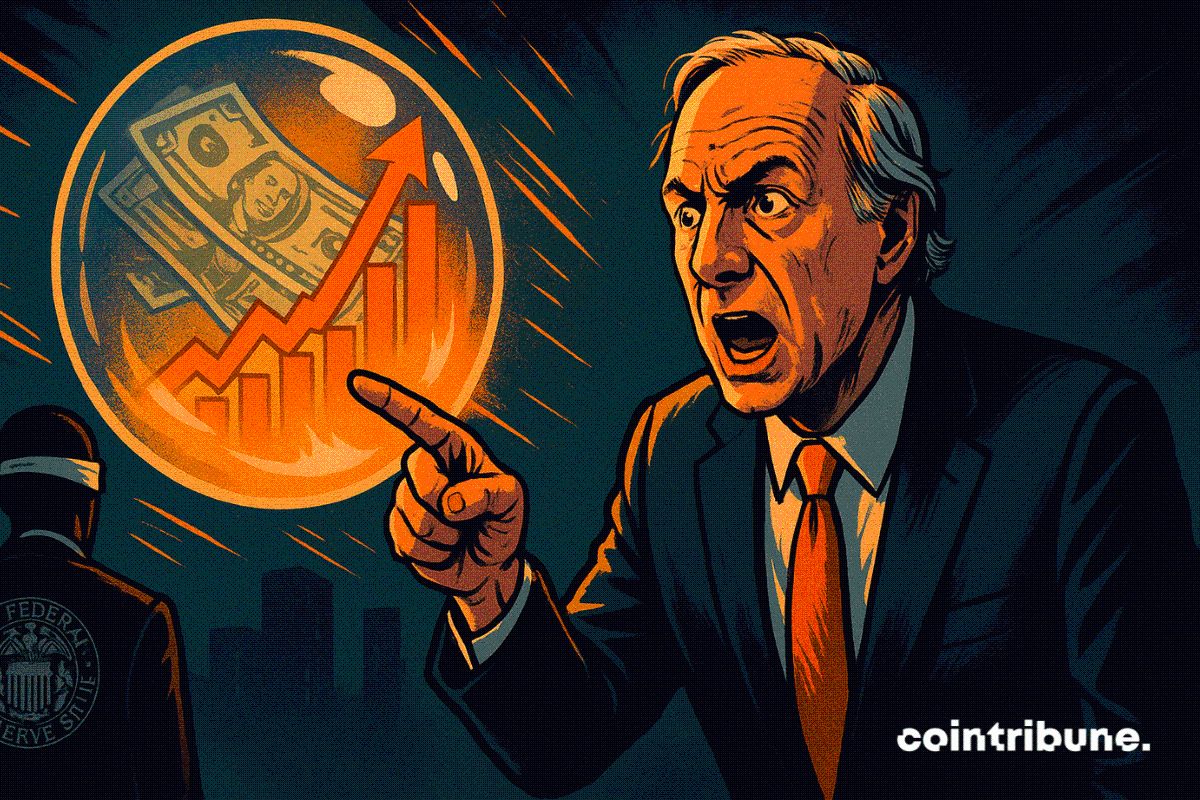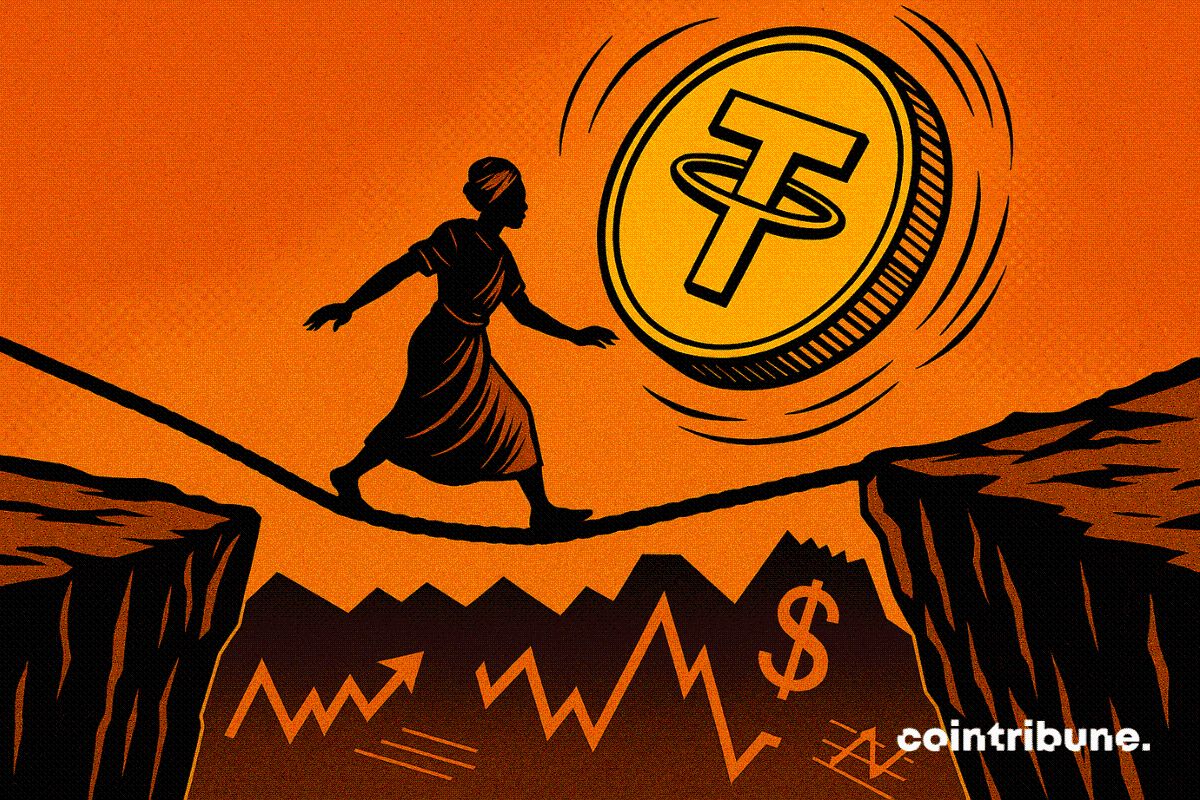Miners Struggle for Survival Amid Profit Squeeze: Marathon Sells Coins to Stay Afloat, Industry Faces Hidden Wave of Sell-Offs
A widely cited data shows that since October 9, approximately 51,000 bitcoins have been transferred from mining company wallets to Binance.
Original Author: Gino Matos
Translated by: Luffy, Foresight News
Marathon's third-quarter financial report reveals a clear policy shift. The company announced that from now on, it will sell a portion of newly mined bitcoin to support its operational funding needs.
This change occurred on September 30, when MARA held about 52,850 bitcoin. The power cost at its own mining facilities was approximately $0.04 per kilowatt-hour. Due to the increased difficulty of the bitcoin network, the energy cost to mine each bitcoin in the third quarter was about $39,235.
During this quarter, bitcoin transaction fees accounted for only 0.9% of mining revenue, highlighting sluggish fee growth. Since the beginning of this year, Marathon has had significant cash outflows: about $243 million for property and equipment purchases, $216 million prepaid to suppliers, and $36 million for wind power asset acquisitions. All these expenses were covered by $1.6 billion in financing and internal funds.
Now, actual capital expenditures and liquidity needs coexist with the sluggish economic efficiency of hash power. The timing of this shift is crucial: the entire mining industry is under increasing pressure, and miners may join the wave of sell-offs triggered by ETF redemptions.
The impact varies among mining companies, but Marathon's clear shift from "pure hoarding" to "strategic realization" provides a template for the industry: when profit margins are squeezed and large capital commitments arise, this is a possible response for mining companies.
Profit Margin Compression: Miners Become Active Sellers
In November, industry profitability tightened. This week, hash price fell to a multi-month low, around $43.1 per exahash, due to a drop in bitcoin price, persistently low transaction fees, and a continued rise in hash rate.
This is a typical profit margin compression pattern. Revenue per unit of hash power declines, while hash rate increases, and fixed costs such as electricity and debt repayment remain unchanged.
For mining companies unable to secure cheap electricity or external financing, the simplest option is to sell bitcoin rather than hold and wait for a price rebound.
The key trade-off is between cash reserves and operating costs. Hoarding bitcoin is only worthwhile when its appreciation outpaces the opportunity cost of "selling bitcoin to pay for capital expenditures or repay debt."
When hash price falls below "cash cost + capital requirements," hoarding becomes a gamble—betting that prices will rebound before liquidity runs out. Marathon's policy shift indicates that, at current profit margins, this bet is no longer profitable.
The potential risk is that if more mining companies follow the same logic and liquidate bitcoin to fulfill commitments, the supply flowing into exchanges will further increase market selling pressure.
Divergence Among Mining Companies
So, what about other bitcoin mining companies?
Riot Platforms set a record with $180.2 million in third-quarter revenue and strong profitability, while launching a new 112 MW data center project. This is a capital-intensive project, but with flexible balance sheet options, the company can ease the pressure to passively sell bitcoin.
CleanSpark disclosed in its first fiscal quarter that its marginal cost per bitcoin was about $35,000. In October, the company sold about 590 bitcoin, generating approximately $64.9 million in revenue, while increasing its bitcoin holdings to about 13,033 coins. This is "active capital management," not large-scale selling.
Hut 8 reported third-quarter revenue of about $83.5 million, with positive net profit, and noted that mining companies in the industry are facing complex, mixed pressures.
This divergence reflects differences in "power costs, financing channels, and capital allocation philosophies" among mining companies. Those with power costs below $0.04 per kilowatt-hour and ample equity or debt financing can withstand profit margin compression without relying on bitcoin sales.
However, those paying market electricity prices or facing high short-term capital expenditures face different decision considerations. The shift to artificial intelligence has a dual impact on future selling pressure: on one hand, long-term computing contracts (such as IREN's 5-year $9.7 billion contract with Microsoft, including a 20% prepayment, and a $5.8 billion equipment contract with Dell) can create non-bitcoin revenue streams, reducing reliance on selling coins; on the other hand, these contracts require massive short-term capital expenditures and working capital, so liquidating bitcoin holdings remains a flexible funding tool during this period.
Capital Flow Data Confirms Risks
CryptoQuant data shows that from mid-October to early November, miner transfers to exchanges increased.
A widely cited statistic indicates that since October 9, about 51,000 bitcoin have been transferred from miner wallets to Binance. While this does not prove immediate selling, it increases short-term supply pressure. Combined with ETF capital flows, the scale is significant.
CoinShares' latest weekly report shows that crypto exchange-traded products (ETPs) saw net outflows of about $360 million, with bitcoin products seeing net outflows of about $946 million, while Solana-related products saw strong inflows.
At a bitcoin price of $104,000, a net outflow of $946 million is equivalent to over 9,000 bitcoin, roughly equal to three days of post-halving mining output. If listed mining companies increase selling in a given week, it would significantly intensify market selling pressure.
The direct impact is: miner selling and ETF redemption pressures combine. ETF outflows reduce market demand, while miner transfers to exchanges increase market supply.
When both move in the same direction, the net effect is tighter liquidity, potentially accelerating price declines; and falling prices further squeeze miner profit margins, triggering more selling and creating a vicious cycle.
The Key to Breaking the Vicious Cycle
There are structural limits: miners cannot sell bitcoin they haven't mined, and post-halving daily issuance is capped.
At the current network hash rate, miners' total daily output is about 450 bitcoin. Even if all miners liquidate 100% (which won't happen), the absolute capital flow has an upper limit.
The core risk is "concentrated selling": if large hoarding miners decide to reduce their bitcoin inventory (rather than just selling new output), market supply pressure will rise sharply.
Marathon's 52,850 bitcoin, CleanSpark's 13,033 bitcoin, and the holdings of Riot, Hut 8, and other miners represent months of accumulated mining output. In theory, if liquidity needs or strategic shifts arise, these bitcoin could all be sold on exchanges.
The second key factor is "recovery speed." If hash price and fee ratios rebound, miners' economic efficiency could quickly improve.
Miners who survive the profit margin compression period will benefit, while those who sell bitcoin at the bottom will incur losses. This asymmetry encourages miners to avoid passive selling as much as possible, provided their balance sheets can withstand the cash burn during the transition.
The current key issue is whether profit margin compression and large capital commitments will drive enough miners to actively sell bitcoin, thereby significantly intensifying the downward pressure from ETF redemptions; or whether financially stronger miners can weather the compression period and complete financing without selling bitcoin.
Marathon's clear policy shift is the strongest signal so far: even large, well-funded miners are willing to strategically sell mined bitcoin when economic efficiency tightens.
If hash price and fee ratios remain sluggish, while electricity costs and capital expenditures stay high, more miners will follow suit—especially those unable to secure cheap electricity or external financing.
Continued miner capital inflows to exchanges, and any acceleration of existing bitcoin sales, are "additional selling pressure" during ETF outflows. Conversely, if capital flows reverse and fees rebound, market pressure will quickly ease.
Recommended Reading:
1 billion dollars in stablecoins evaporate: the truth behind the DeFi domino collapse?
MMT short squeeze review: a carefully designed money grab game
Under brutal harvesting, who is looking forward to the next COAI?
Disclaimer: The content of this article solely reflects the author's opinion and does not represent the platform in any capacity. This article is not intended to serve as a reference for making investment decisions.
You may also like
Ray Dalio Voices Concern Over the Fed’s Policy Direction

Crypto: Donald Trump's Company Suffers Heavy Losses Despite Its Investments

Stablecoins Offer Relief To Citizens, Risk To Entire Economies

Towards a Dogecoin ETF as early as this month? Bitwise reignites speculation

